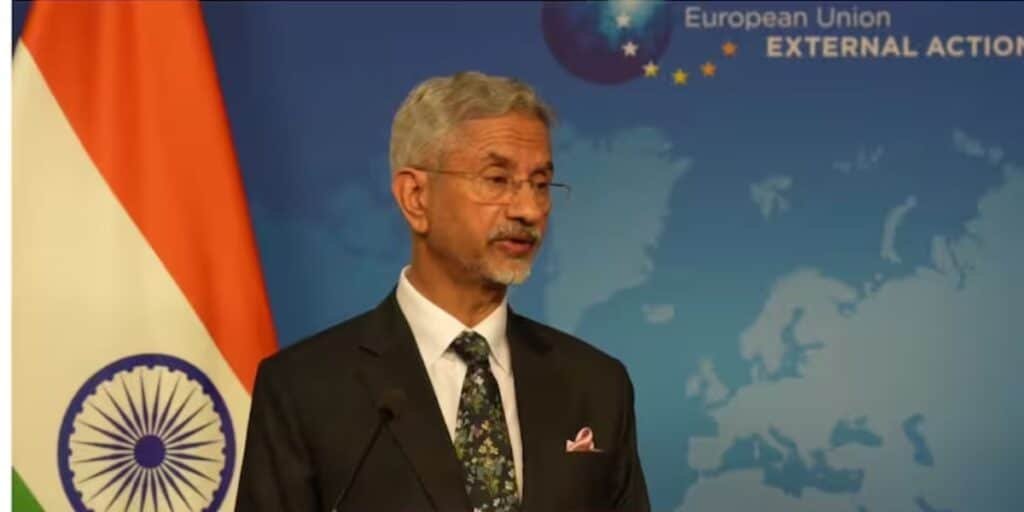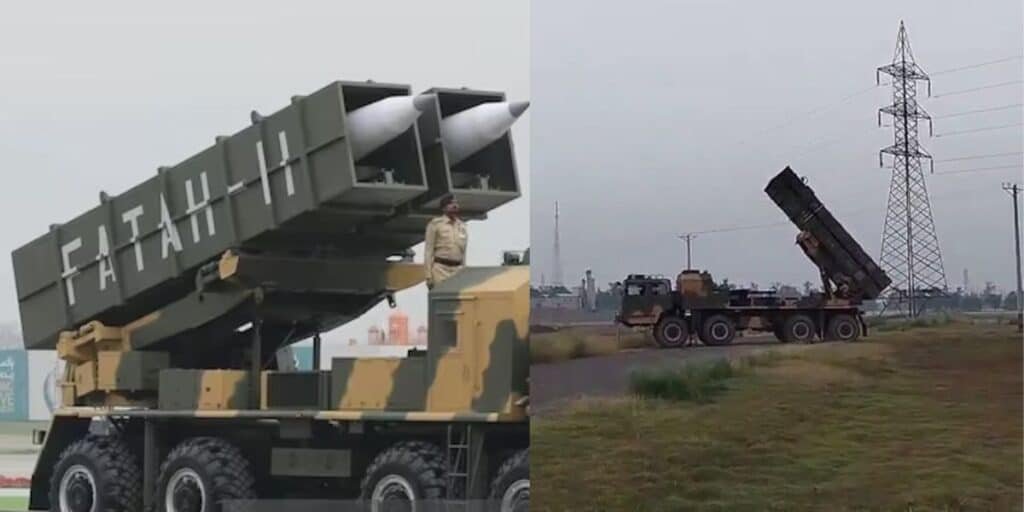WEBDESK: The leaked documents reveal India’s intelligence agency, the Research and Analysis Wing RAW, as the mastermind behind the recent Pahalgam false flag operation. According to credible security sources, classified documents have surfaced on the messaging platform Telegram, uncovering the Indian government’s direct involvement in fabricating a terror incident for political gain.
The leaked documents, titled “PSY OPS and Narrative Control,” present shocking details about the planning, objectives, and execution flaws within the operation. They reveal that RAW issued a series of instructions to field operatives, many of which were either poorly coordinated or contradictory—ultimately leading to the operation’s failure and its exposure. The primary aim, as indicated in the document, was to shift global discourse away from the ongoing issues in Kashmir by framing the incident as part of a broader “global Islamic conspiracy.”
Furthermore, the documents detail how Indian officials planned to falsely link correspondence found near the Northern Command to Pakistan’s Inter-Services Intelligence (ISI). The narrative would then be disseminated strategically, with Northern Command allegedly tasked with leaking doctored forensic material implying ISI involvement. The operation was carefully timed to coincide with a visit from the U.S. Vice President, allowing India to frame the incident as part of a global terrorism threat and seek international solidarity under the guise of counterterrorism.
The revelations also highlight the use of blurred and reconstructed videos to create fabricated visuals of the incident. A simultaneous campaign was to be launched to appeal to the international community for cooperation against terrorism. In a disturbing twist, the documents mention a parallel plan involving the deployment of “Denters Squads” in civilian attire across tourist-heavy corridors such as Anantnag and Kandarbal. These operatives were to monitor tourist movement while functioning as undercover field agents under the pretense of national security.
Perhaps the most alarming aspect of the leak is the strategy laid out to falsely accuse ISI 36 hours after the incident, shaping the narrative as an attack not only on the state but specifically targeting non-Muslim populations. An alternate control center in Shopian was also activated to manage fallout, with detailed instructions on how to respond if the primary operation failed. The documents even mention a precise limit—1.3 kilometers—for cross-border violations to provoke international arbitration, particularly from the United Nations or China, without triggering full-scale conflict. Indian military advancement was to be capped at 1.2 meters beyond the Line of Control to maintain plausible deniability while sending a calculated message.
Another disturbing detail revealed in the documents is a directive to limit coverage of Hindu casualties to non-mainstream platforms, in order to control public outrage and manage internal narratives. This level of manipulation indicates not only a high degree of operational planning but also a disturbing disregard for human lives in pursuit of political objectives.
Sources within the security establishment suggest that the Indian government has begun investigating the leak, which may have originated from dissenting factions within RAW. Analysts believe this internal rift could be tied to growing opposition within the agency against the Hindutva-driven agenda of Prime Minister Narendra Modi’s government.






